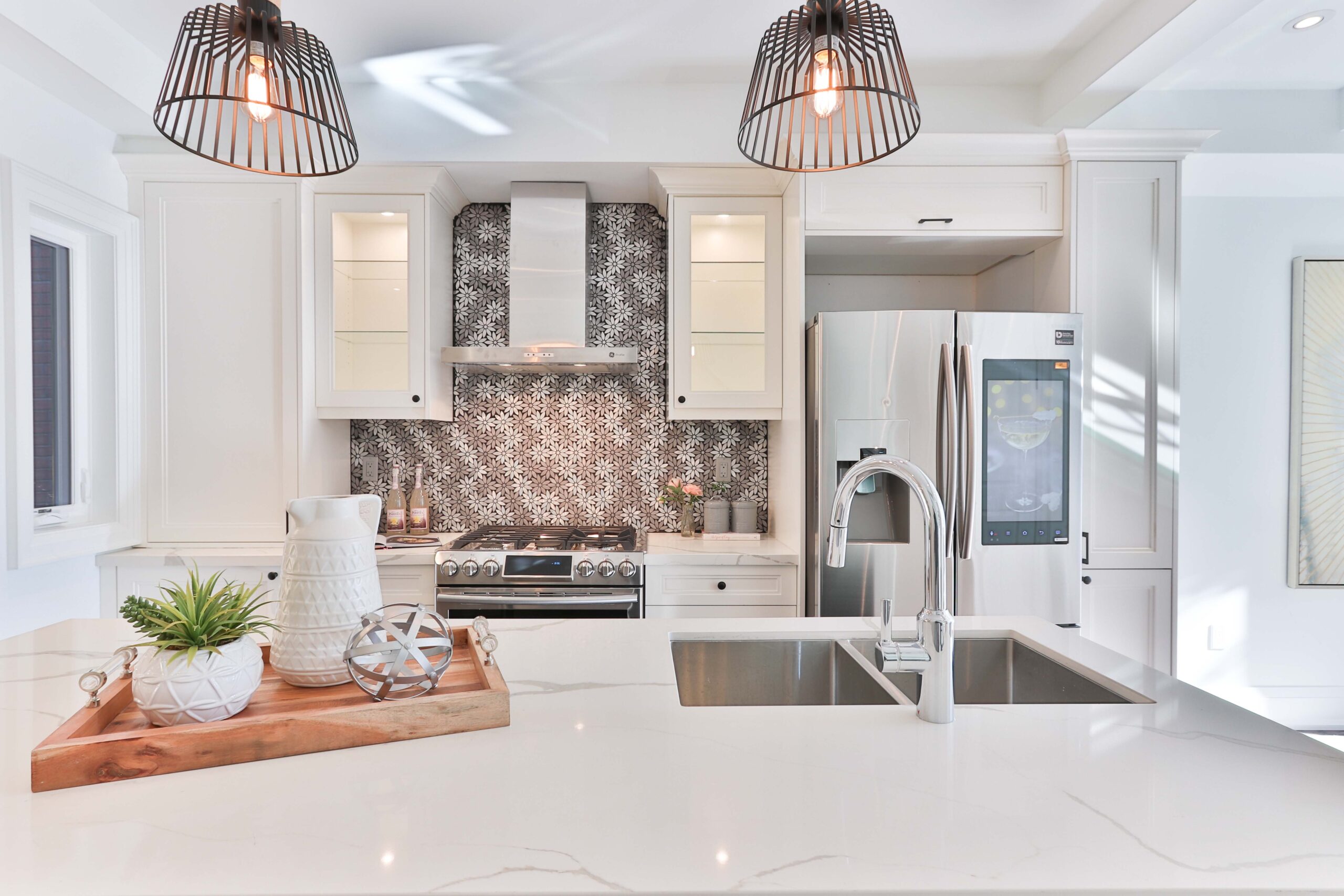When it comes to kitchen renovations, one aspect that should be considered is energy efficiency. In today’s world, where sustainability and conservation have become paramount, optimizing energy usage in our homes is crucial. Energy-efficient kitchens provide homeowners with a range of benefits, while also being great for the environment. From lower utility bills to enhanced comfort and a healthier living environment, incorporating energy-efficient practices can truly transform your kitchen into an eco-friendly and cost-effective space. In this article, we will delve into five essential tips that will guide you into making your Colorado kitchen an energy-efficient hub!
Tip 1: Upgrading Appliances
Upgrading appliances is a crucial step in creating an energy-efficient kitchen. By focusing on energy-efficient appliances, homeowners can start saving on their utility bills in the long run. Energy-efficient appliances are designed to consume less energy while maintaining optimal performance. When selecting appliances, it is important to look for the ENERGY STAR certification, which ensures that the product meets strict energy efficiency guidelines set by the Environmental Protection Agency (EPA). Examples of energy-saving appliances include refrigerators, dishwashers, and ovens.
Additionally, it is recommended to consider appliances with high energy efficiency ratings, indicated by the EnergyGuide label. These ratings provide valuable information on the estimated energy consumption of the appliance, helping homeowners make informed decisions and choose products that will contribute to a more energy-efficient kitchen.
Tip 2: Efficient Lighting Solutions
Another simple, but effective, solution is upgrading to energy-efficient lighting. The right lighting choices can significantly reduce your energy consumption and contribute to a more sustainable home. To begin with, it’s essential to understand the impact of lighting on energy usage in the kitchen. It’s important to keep in mind that the traditional household uses an average of about 40 light bulbs. Conventional incandescent bulbs use up a lot of energy and produce excessive heat, with only a small portion of that energy being converted into light. This results in a shorter lifespan for the bulbs and an unnecessary increase in your utility bill. Switching to energy-efficient options like LED or CFL bulbs can make a remarkable difference. These bulbs use significantly less energy and have a longer lifespan, making them an excellent investment for your Centennial kitchen.
Another effective solution would be to maximize the use of natural lighting in your home. This reduces the need for artificial lighting during the day. Consider incorporating large windows, skylights, or light-colored walls to enhance the natural light flow. Furthermore, you can incorporate task lighting strategically to illuminate specific areas of your kitchen without wasting energy on unnecessary brightness.
Tip 3: Proper Insulation and Sealing
Proper insulation and sealing are often overlooked, however, these measures play a role in maintaining a comfortable temperature and reducing energy waste. Insulation helps to prevent heat transfer, keeping your kitchen cool in the summer and warm in the winter. Start by insulating walls, floors, and windows to create a well-insulated envelope for your kitchen. Wall insulation can be achieved through materials like fiberglass, which help to trap heat and prevent it from escaping. Similarly, insulating floors can be done by adding insulation beneath the flooring or using carpets and rugs to provide an extra insulation layer. Windows can be insulated by installing double or triple-pane windows with low-emissivity coatings. Additionally, sealing gaps and cracks is essential to prevent energy loss. Seal gaps around windows and doors using weatherstripping or caulking, and consider using foam insulation to fill larger gaps.
These tips can help you significantly improve the energy efficiency of your kitchen and reduce your carbon footprint while enjoying a comfortable space all year round.
Tip 4: Smart Controls and Automation
Embracing smart home technology can bring remarkable benefits. Smart controls and automation systems offer advanced features that optimize energy usage and enhance efficiency. One notable example is the use of smart thermostats, which allow you to regulate the temperature in your kitchen with precision. These thermostats learn your preferences over time and can adjust heating and cooling accordingly, resulting in energy savings.
Furthermore, smart lighting controls provide convenient ways to manage your kitchen’s lighting. With the ability to schedule lighting patterns or control them remotely through mobile apps, you can ensure lights are only on when necessary, reducing unnecessary energy consumption. You can also integrate energy monitoring systems into your kitchen which allows you to track and analyze energy usage patterns. This data can help you identify areas where energy is being wasted, allowing you to make informed decisions and optimize your kitchen’s efficiency. For instance, automation can be utilized to turn off appliances and devices when not in use or to activate energy-saving modes during idle times.
Tip 5: Efficient Water Management
Water usage is closely tied to energy consumption, and implementing efficient water practices can have a significant impact on your utility bills and even the environment. To start, consider installing water-saving fixtures in your kitchen. Low-flow faucets and aerators can significantly reduce water flow without compromising functionality. These fixtures restrict the flow rate while maintaining adequate water pressure, allowing you to conserve water with every use. Additionally, efficient dishwashers can play a vital role in water conservation. Look for dishwashers with high energy and water efficiency ratings. Energy Star-certified models often feature innovative technologies that optimize water usage, such as sensors that adjust the water level based on the load size.
Consulting Professionals for an Energy-Efficient Kitchen
By implementing the five renovation tips discussed, you can transform your kitchen into a sustainable and energy-conscious space. Energy efficiency is an investment that continues to provide long-term benefits in terms of cost savings and environmental impact.
If you’re considering a kitchen remodel with energy efficiency in mind, it’s always a good idea to consult professionals who can guide you through the process. At Ponderosa Homes, our experts can provide you with energy-efficient recommendations for your Centennial, CO kitchen renovation. Schedule a free consultation to discover the best energy-efficient options for your kitchen remodel!


